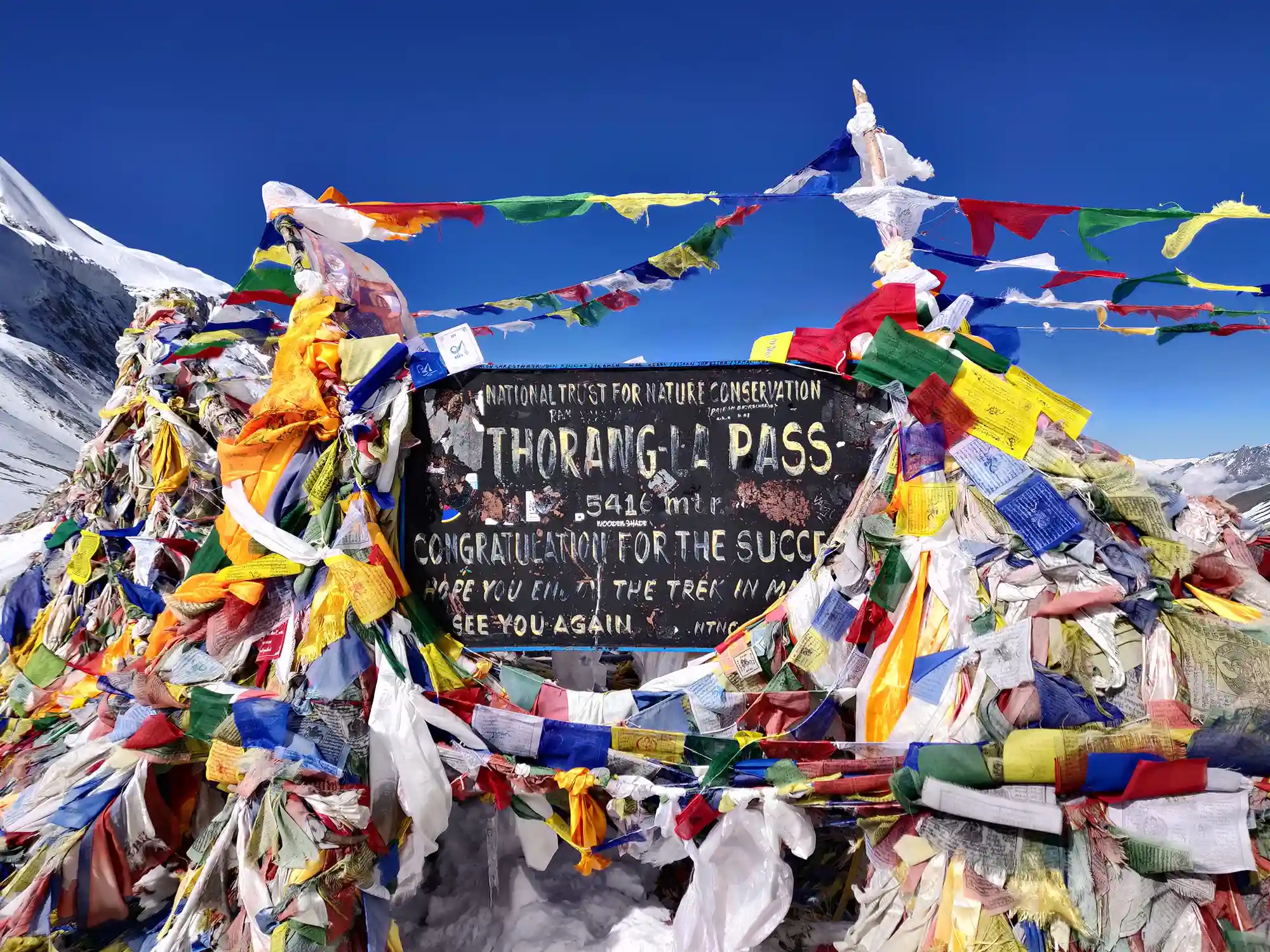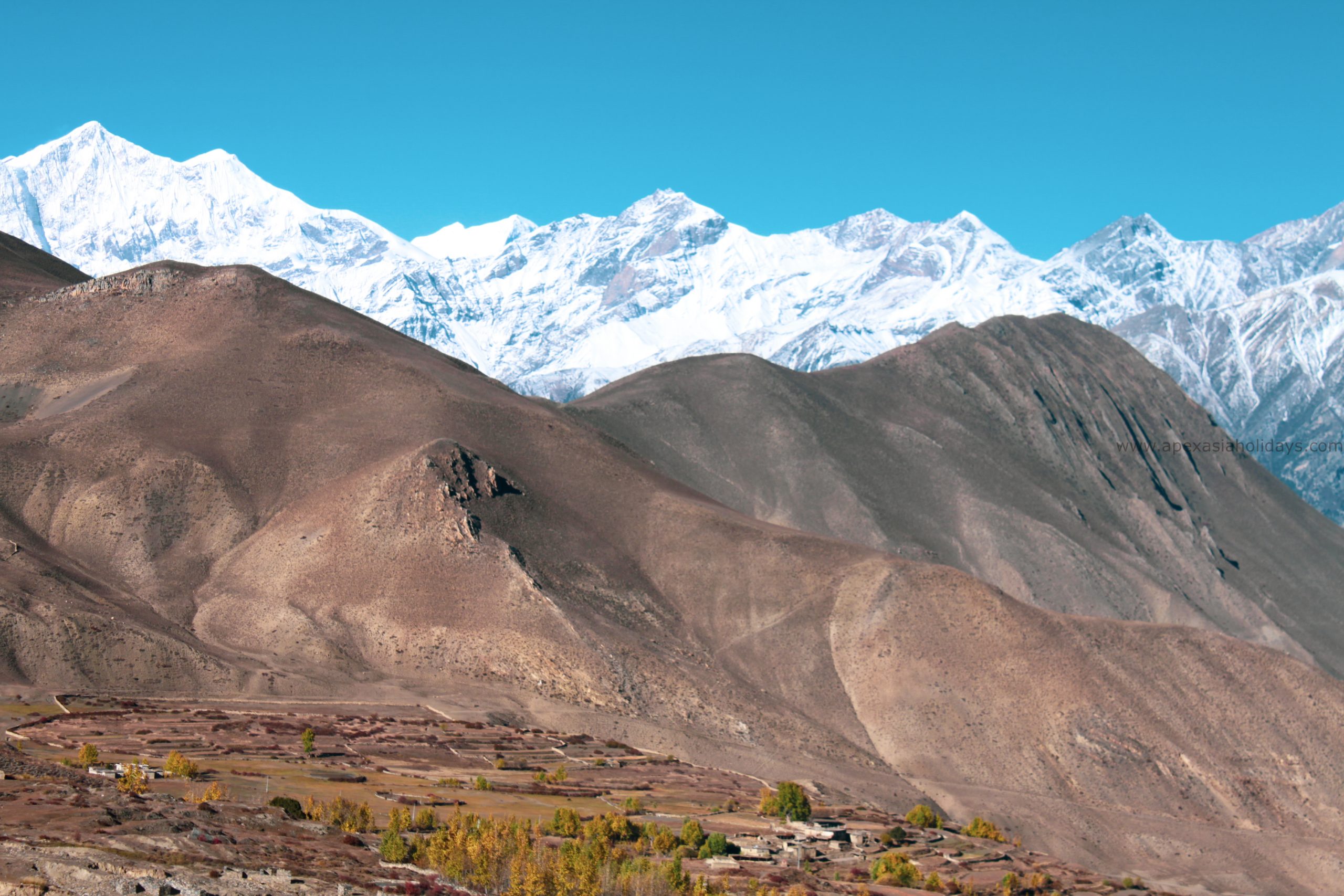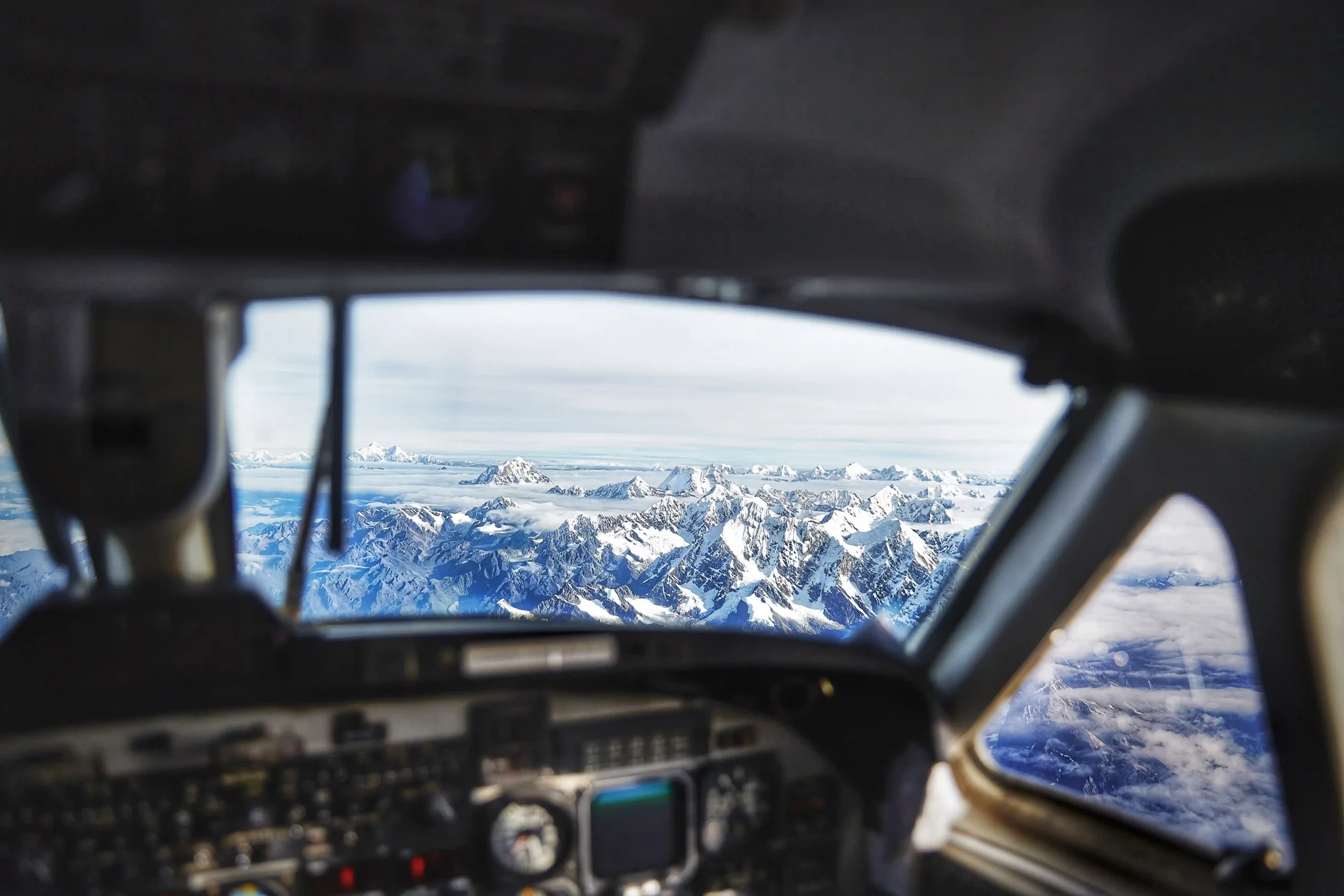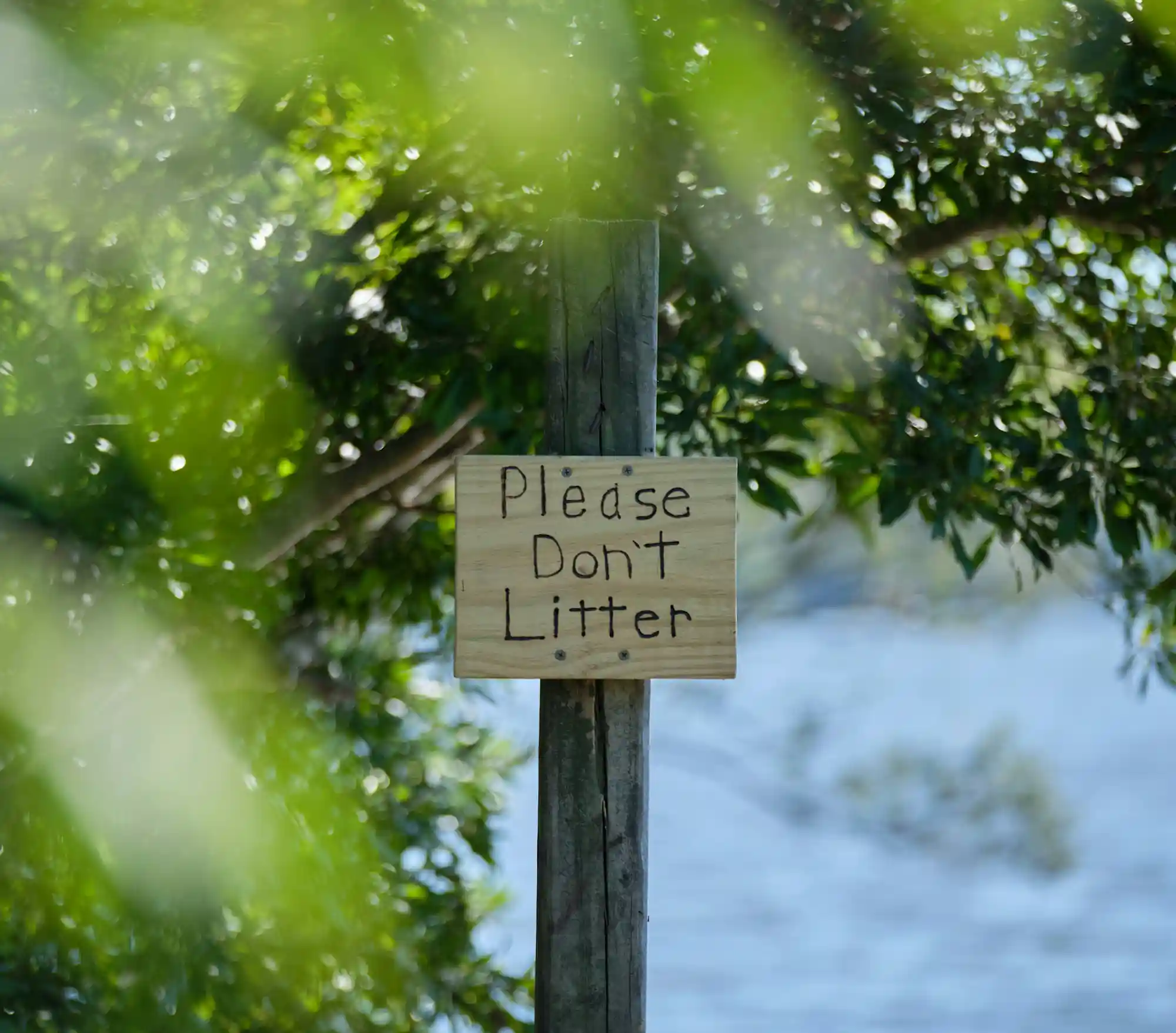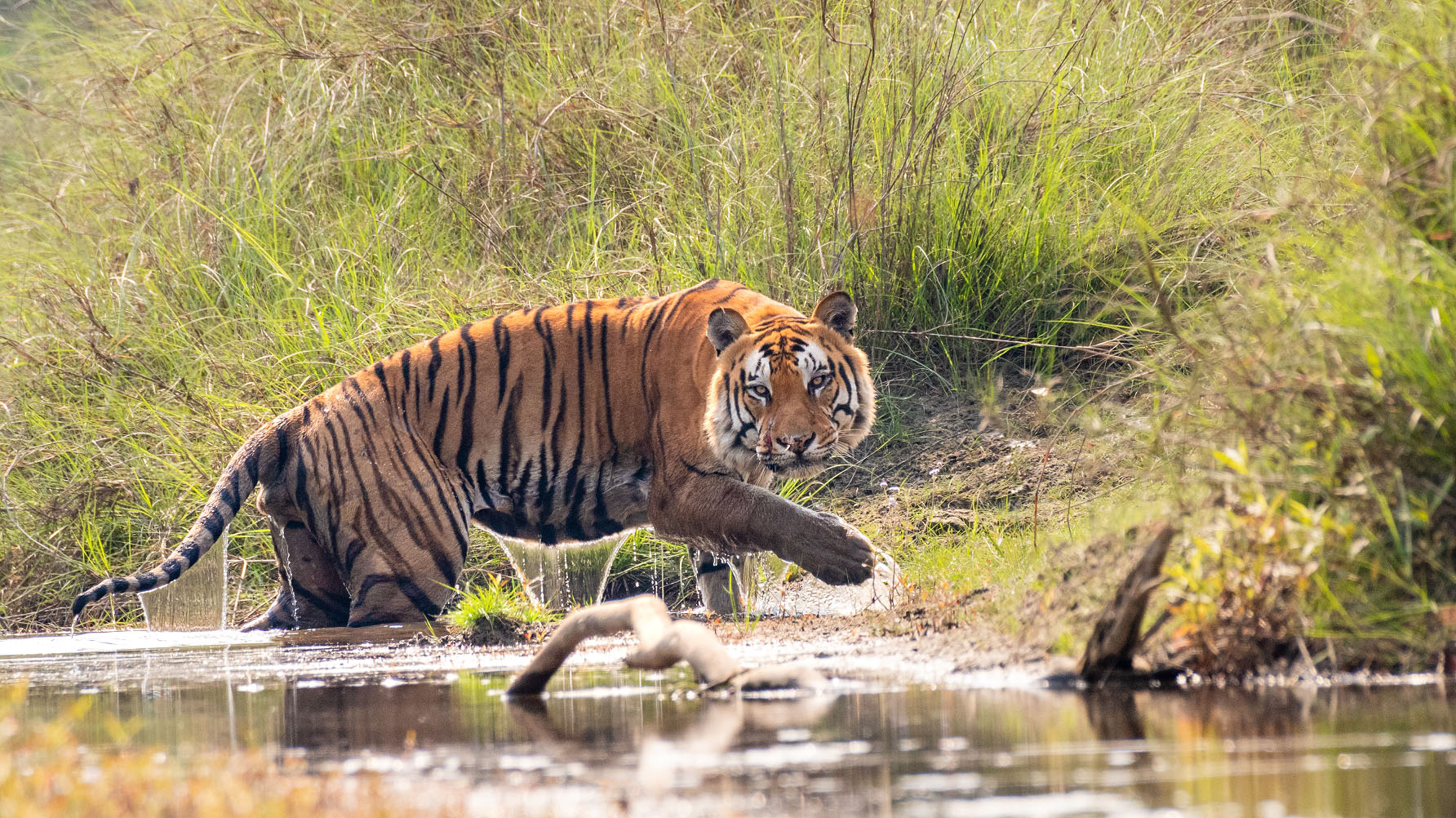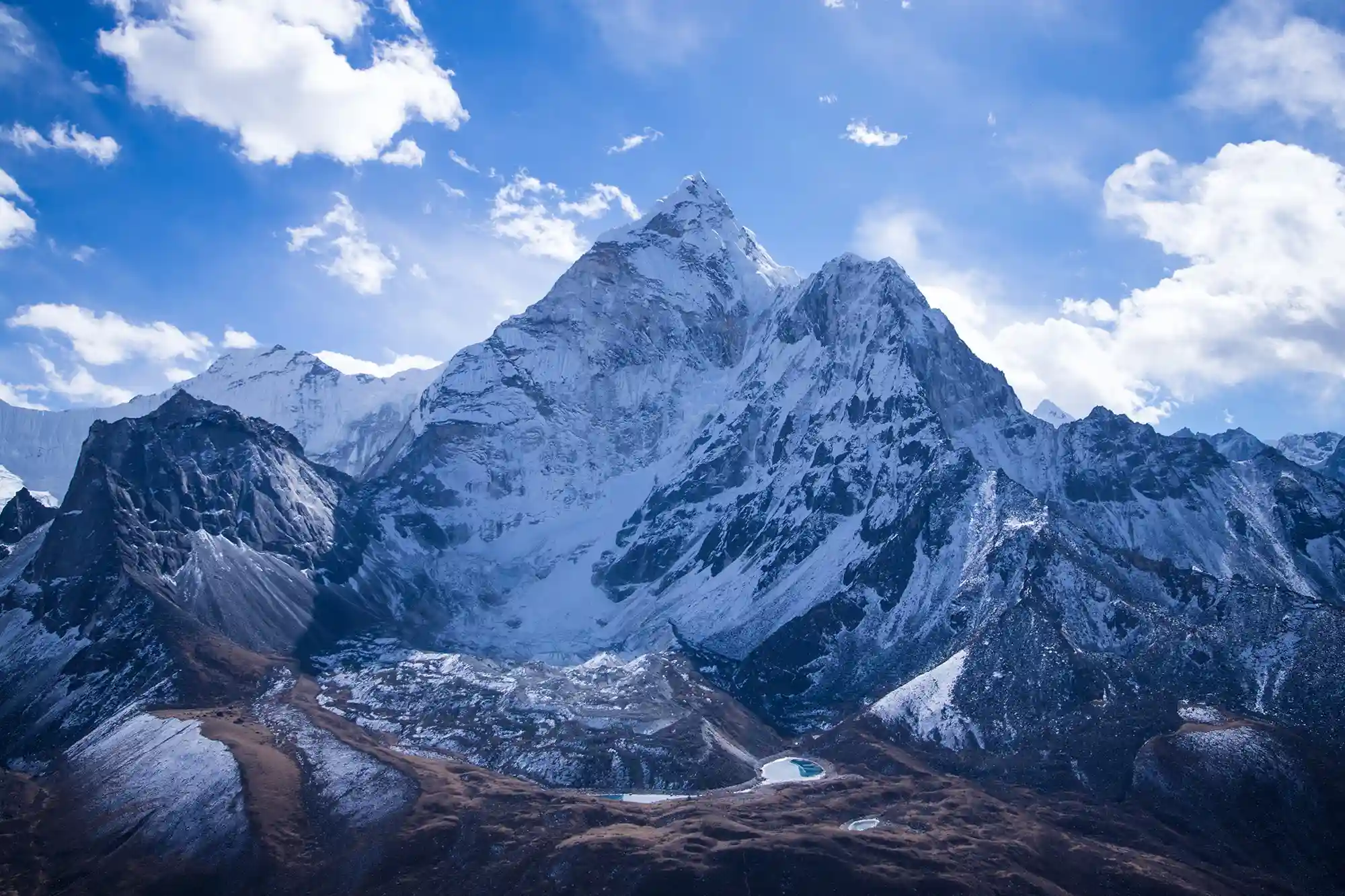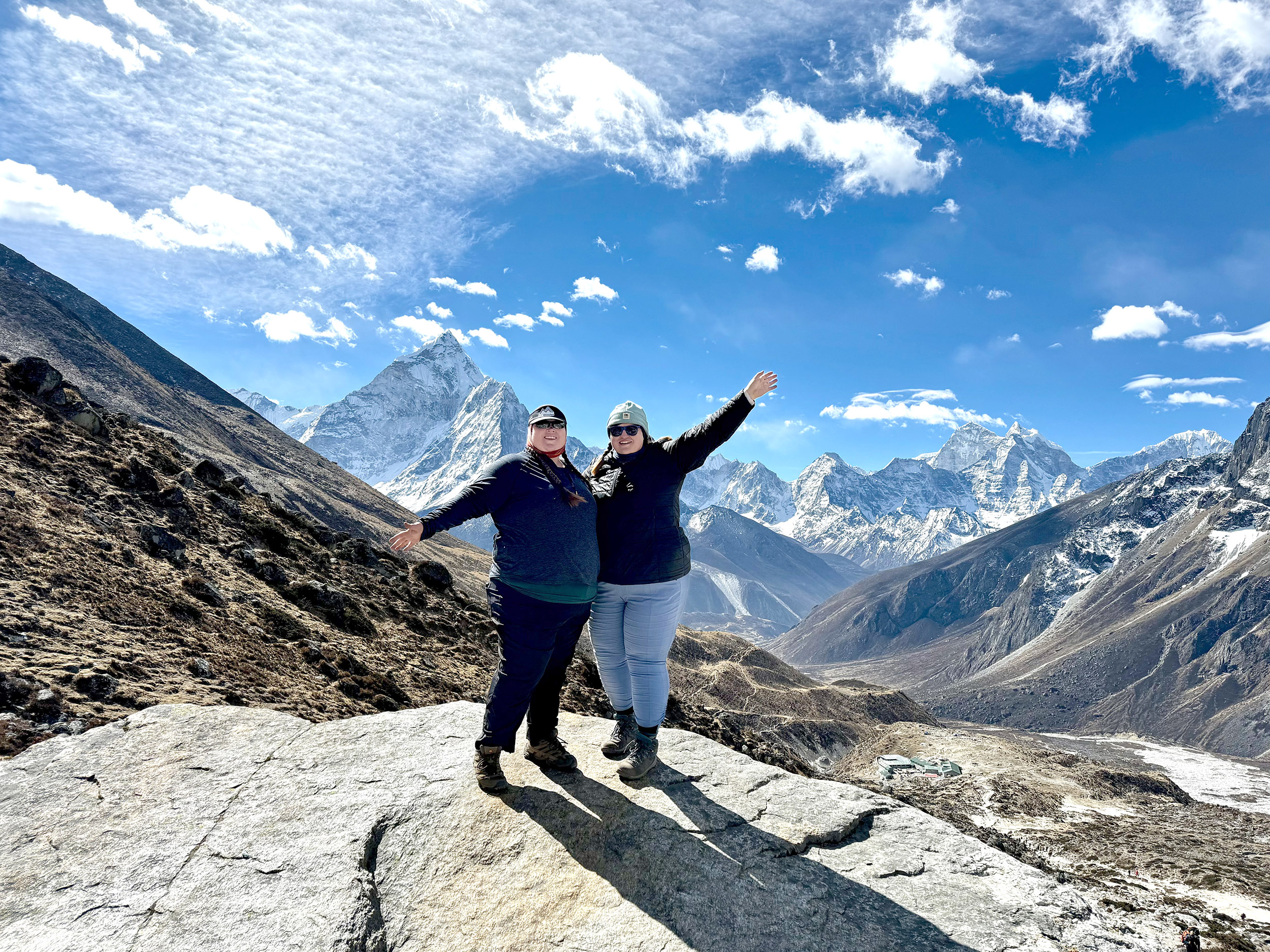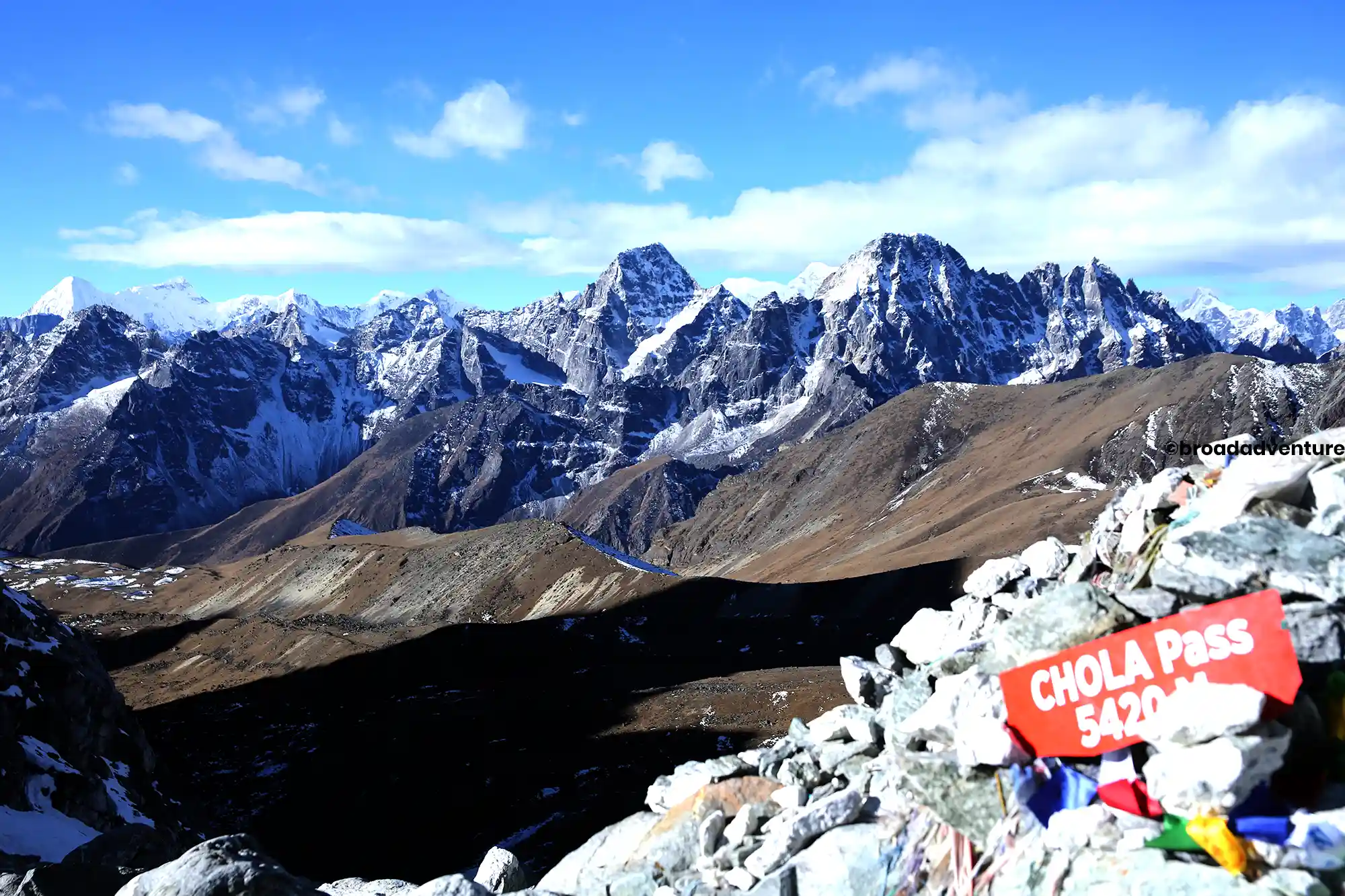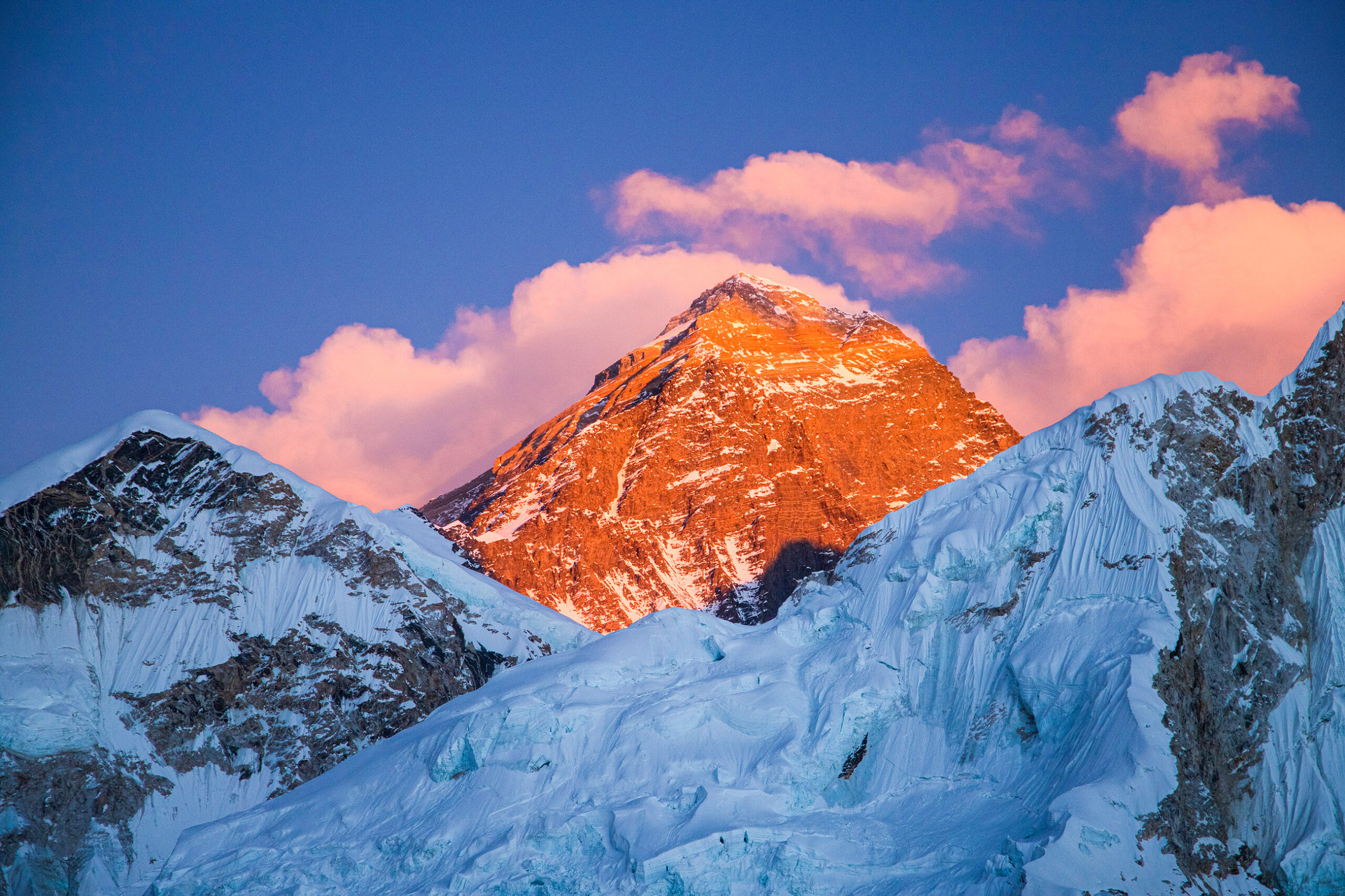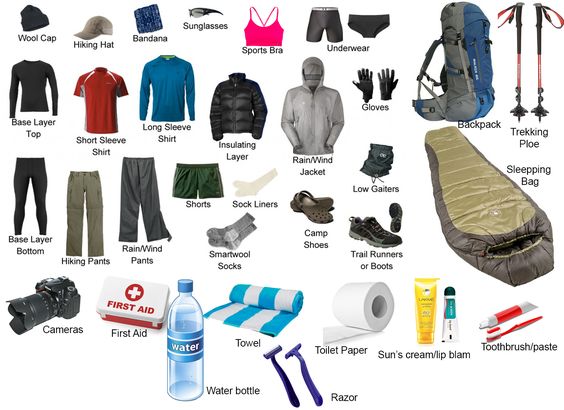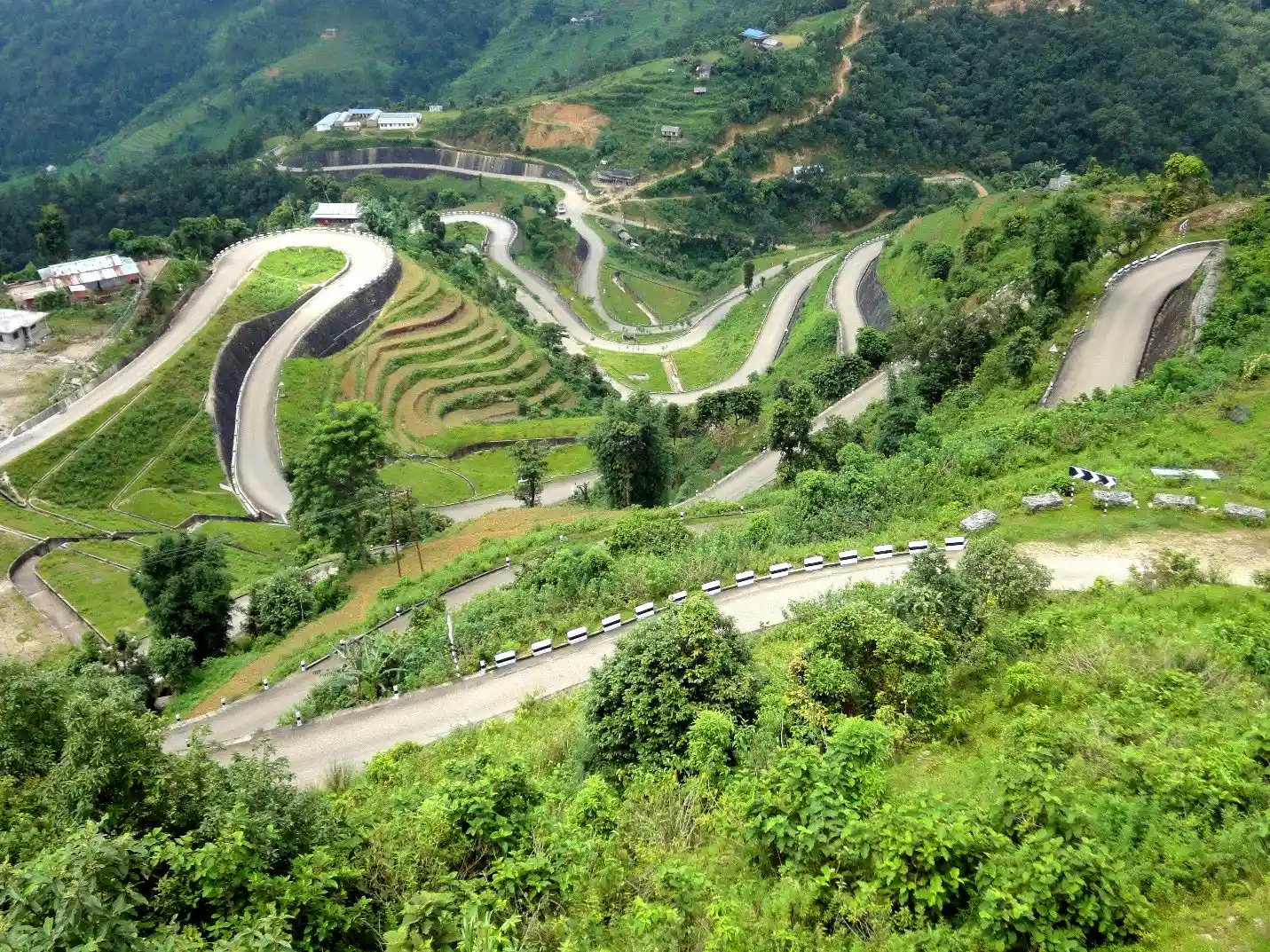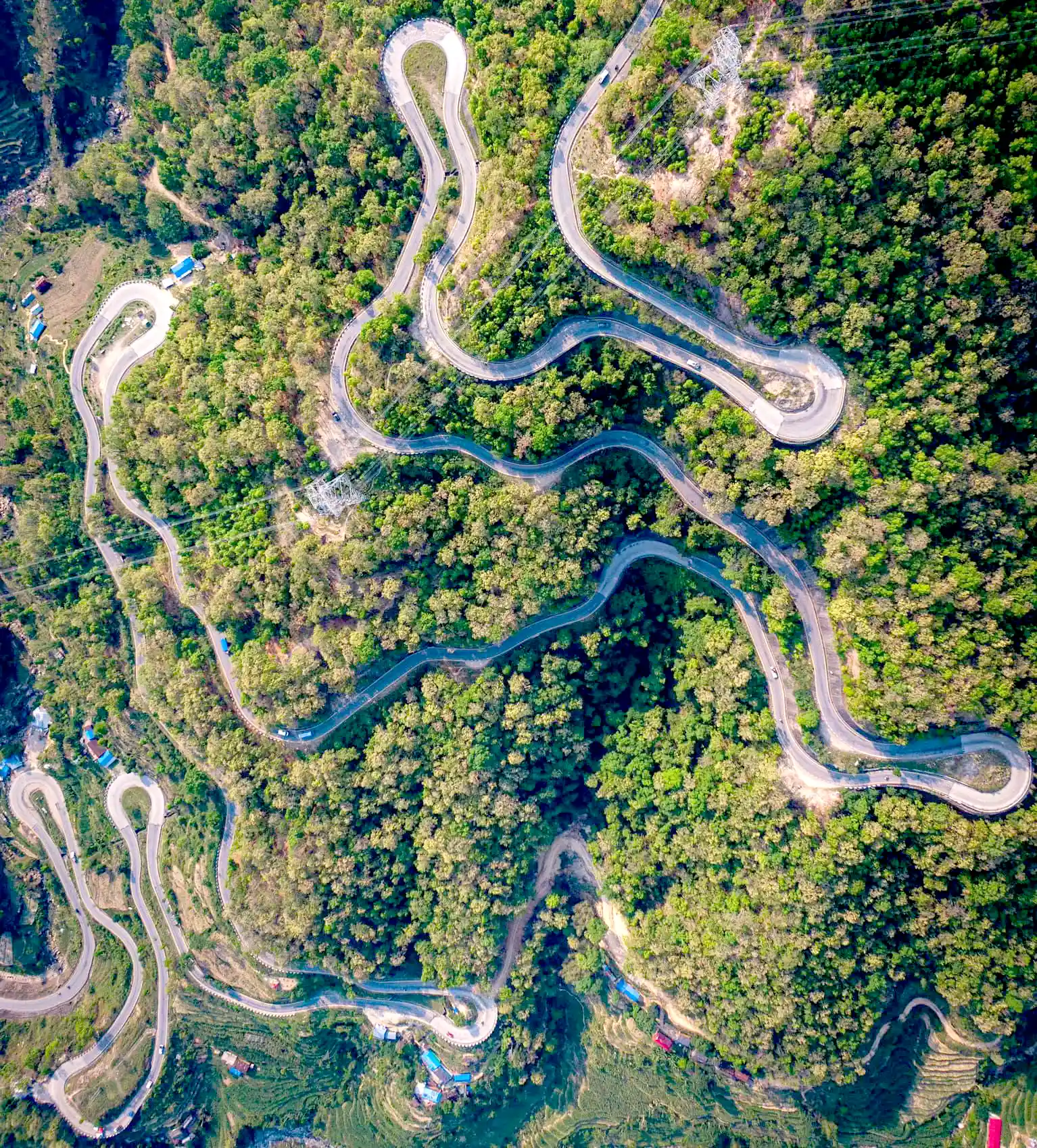With rapid technological advancements, the way we travel and capture memories has transformed significantly. In Nepal, drones are increasingly replacing traditional cameras and mobile phones, offering a unique way to document breathtaking landscapes, especially the majestic snow-capped mountains. However, while the allure of capturing high-definition aerial visuals is strong, it’s essential to understand the legal framework surrounding drone use in Nepal.
Is Bringing a Drone to Nepal Legal?
Yes, you can bring a drone to Nepal, but it’s crucial to follow the proper procedures and regulations set by the Civil Aviation Authority of Nepal (CAAN). This guide will help you navigate the requirements for flying your drone legally and responsibly.
Bringing a Drone to Nepal: Key Considerations
Airlines Regulations: Before you even board a flight with your drone, check the regulations of your airline and any connecting airlines. Each airline has specific rules, such as restrictions on weight, size, or the need for additional packaging and documentation. Make sure your drone complies with these requirements to avoid complications during your journey.
Carrying a Drone on Airlines: When carrying a drone on an airline, adhere to safety guidelines:
- Ensure your drone is free of any hazardous materials.
- Remove the drone’s battery before security checks and store it separately.
- Pack the drone in a sturdy, padded container.
- Label the drone to facilitate the security process.
- Carry your drone in cabin luggage rather than checking it in.
Customs Clearance in Nepal: Upon arrival in Nepal, your drone must clear customs. You may need to present documentation related to the drone, and this customs clearance certificate is necessary for registering your drone with CAAN.
Drone Categories in Nepal:
Nepal categorizes drones into four classes based on their weight and associated risk levels:
| Category | Operations | Weight |
|---|---|---|
| A | Very Low Risk | Less than 250 grams |
| B | Low Risk | 250 grams to 2 kg |
| C | Regulated Low Risk | 2 kg to 25 kg |
| D | Regulated High Risk | Above 25 kg |
Registering Your Drone in Nepal:
All drones used in Nepal must be registered with CAAN, and you must obtain a Unique Identification Number (UIN) for your drone. The UIN should be displayed on the drone via a SIM, ID tag, or secure plate.
To register your drone, you’ll need to complete a registration form and visit the Flight Safety Standard Department (FSSD) with the following documents:
- Duly filled Application Form- RPA/Form/001
- Passport-size photograph of the applicant
- Photograph of the drone showing its serial number
- Copy of your passport with a valid Nepali visa
- Tribhuvan International Airport customs declaration for the drone
- Registration fee (USD 10 plus 13% VAT)
- Purpose of operation and a letter of commitment (RPA/Form/002)
Obtaining a Drone Flying Permit in Nepal:
Permit Requirements: For drones in Categories “A” and “B” flying above 200 feet AGL, an application must be submitted to the relevant district administration office. For heavier drones or those operating in more sensitive areas, permission must be obtained from the Ministry of Home Affairs.
Required documents include:
- Certificate of drone registration with CAAN and a flight consent letter
- Detailed flight plan (including Google Maps/Flight Location)
- Authorization for local representatives (for foreign nationals)
- Biodata, citizenship, or passport of the operator
- Operator’s commitment to compliance with flying conditions
Permit Process: The permit process is detailed and time-consuming, requiring approvals from multiple government bodies, including CAAN, the Ministry of Home Affairs, and, if applicable, the Department of Tourism and National Parks. After registering your drone, securing approval from the relevant authorities, and submitting the necessary documents, your application will be reviewed, and a permit will be issued if approved.
Permit Validity and Renewal: Drone permits in Nepal are valid for three months. If your operation extends beyond this period, you can request an extension, provided your reason is valid. Flying a drone after the permit expires can result in serious legal consequences.
Flying Drones in Restricted Areas: While drone use is legal in Nepal with a permit, certain areas are off-limits due to security or cultural reasons. These include:
- Within a 1-km radius of the residences of the Prime Minister, President, and other VVIPs
- Within 5 km of international borders
- Historical and cultural sites like Durbar Square, Pashupatinath, and Boudhhanath
- Conservation areas, national parks, and near airports
Responsible Drone Usage:
Operating a drone in Nepal isn’t just about capturing stunning visuals—it comes with the responsibility of respecting local laws, cultural sensitivities, and environmental conservation. Follow these best practices:
- Keep your drone within your line of sight.
- Avoid flying in crowded spaces and near wildlife.
- Respect local customs and privacy.
- Adhere to no-fly zones and avoid flying near sensitive areas like airports or government buildings.
- Avoid flying during nighttime and under the influence of substances.
Conclusion: Flying a drone in Nepal offers a unique way to capture the country’s breathtaking beauty, but it’s essential to do so legally and responsibly. By following the guidelines and obtaining the necessary permits, you can ensure a safe and enjoyable experience while respecting Nepal’s rich cultural heritage and natural environment


